Search results for: “”
-
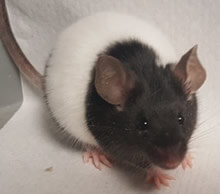
Top 10 Classroom Pets
Many science teachers have classroom specimens (or pets) to serve as model organisms, to teach students how to care for animals, and to generally liven up the space. When I first started teaching, I inherited a room that had beautiful cabinets full of specimens preserved in formaldehyde. I wanted a pet in that space…
-
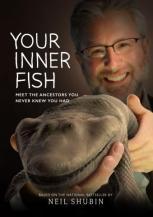
Your Inner Fish – Video from HHMI
At the NSTA Conference in Chicago last year, I had the pleasure of meeting (at least from a distance) Neil Shubin, who is a fish paleontologist. We watched one of the newer movies, were treated to refreshments and popcorn and were given a t-shirt and a DVD copy of “Your Inner Fish.” This amazing…
-
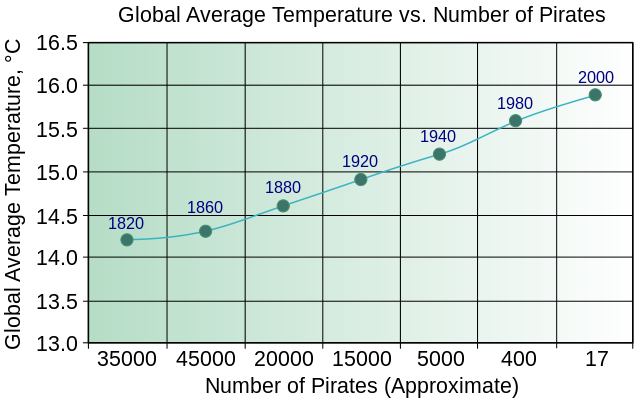
Analyzing and Interpreting data with Graphs
NGSS and AP Biology resources for interpreting data exercises in the classroom. Turn graphs into discussions and mysteries.
-
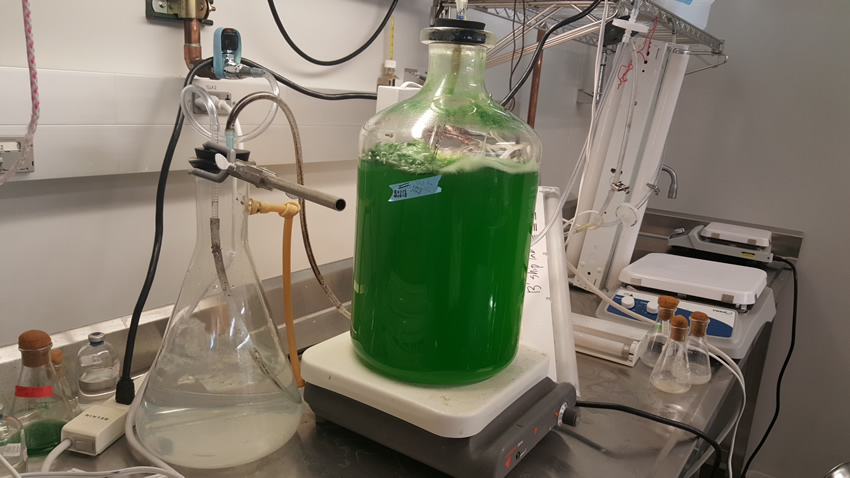
Can Bacteria Be Designed to Create Gasoline?
I’ve heard the term “biofuel” before, and that usually conjures up images of corn fields and ethanol. I recently attended a lecture at Washington University presented by Fuzhong Zhang. The title of the workshop was quite intimidating: “Synthetic Regulatory Systems for Dynamic Metabolic Pathways.” Teachers don’t just spend our summers lazing about at the pool!…
-
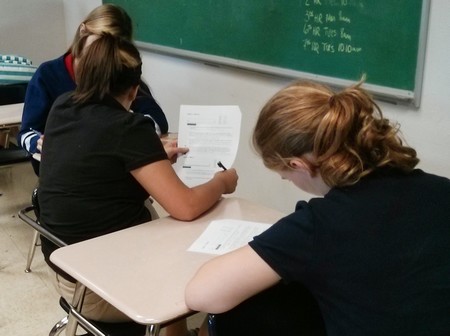
Is Group Work Really Effective?
I was out for a day last week and left a case study for my anatomy students. The case was about six pages long and starts with a doctor examining a pregnant woman and hearing what he thought was a heart murmur in the fetus. The pages build upon each other, asking students to…
-
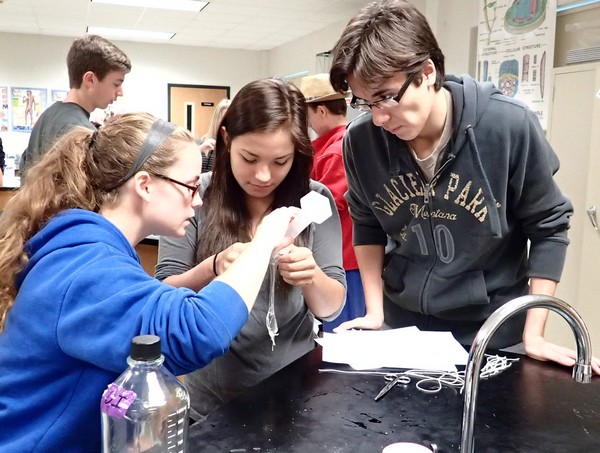
How to Make Group Activities and Grading Fair
During the cell unit of Advanced Placement biology, students are required to do three investigations (labs): Diffusion and Osmosis, Photosynthesis, and Cellular Respiration. Students work in groups of 3 to 4 to work through these investigations and analyze data. I often have them only turn in ONE copy of the lab guide because as a…
-

How to Use Google Docs to Leverage Student Engagement
Google docs can make grading and commenting more engaging for students. When students upload their google docs, you can comment and have discussions.
-
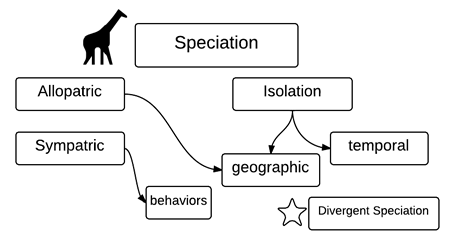
Guide to Explanatory Writing in Science
I have written before about the value of having students write as a learning tool. In “Writing to Learn” I made some suggestions for ways you could incorporate writing into you daily lessons. I did not at that time include concrete strategies for helping students actually complete writing assignments. Strategies to help students…
-
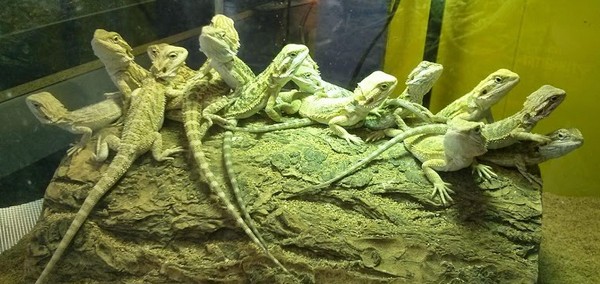
How to Create Your Classroom Seating Chart
Ideas for assigning seats in the classroom on the very first day without the awkward role call.
-
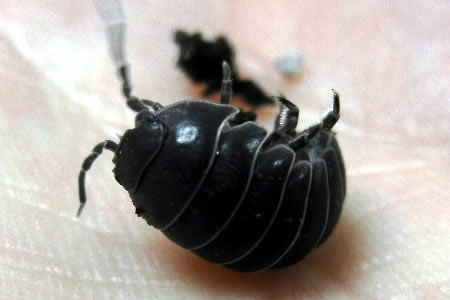
How to Raise Isopods (Pillbugs) for Your Classroom
How to keep isopods, or pillbugs, in the classroom. Use a plastic container with soil, water beads, and a place to hide!
-

Biology Corner Site Map
-
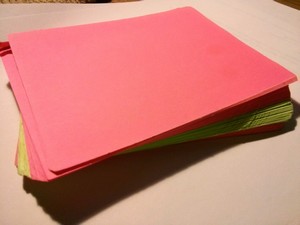
Writing to Learn – A Common Core Standard
A collection of activities for students to use writing assignments to engage in lessons and learn scientific concepts.
-
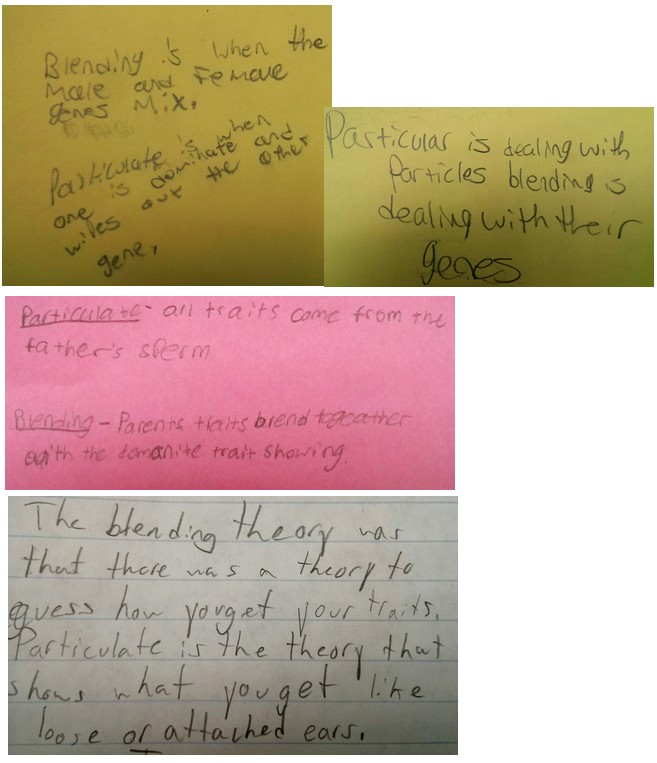
Are Exit Tickets a Good Way to Assess Understanding?
My genetics unit for Freshman Biology always starts with a history lesson on Mendel and our understanding of heredity at that time. One of the main themes of this lesson is a comparison between two ways of thinking about inheritance and two competing theories: The Particulate Theory and the Blending Theory. Students struggle…
-
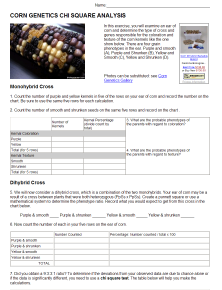
Teaching Chi Square Analysis
How to teach chi square analysis in biology. Includes presentation slides and student assignment.


